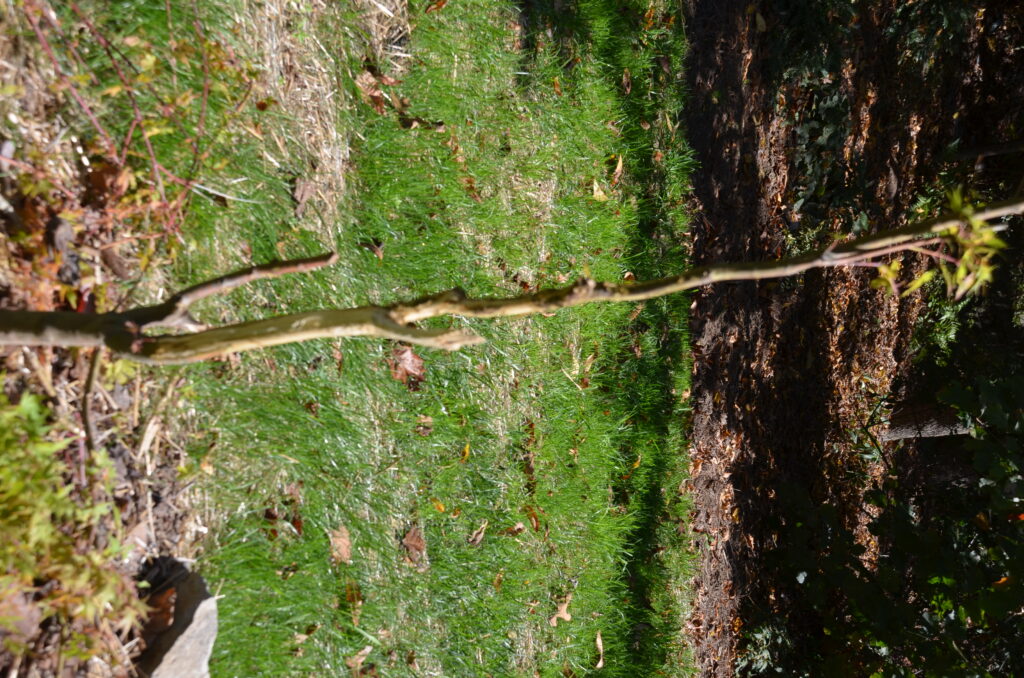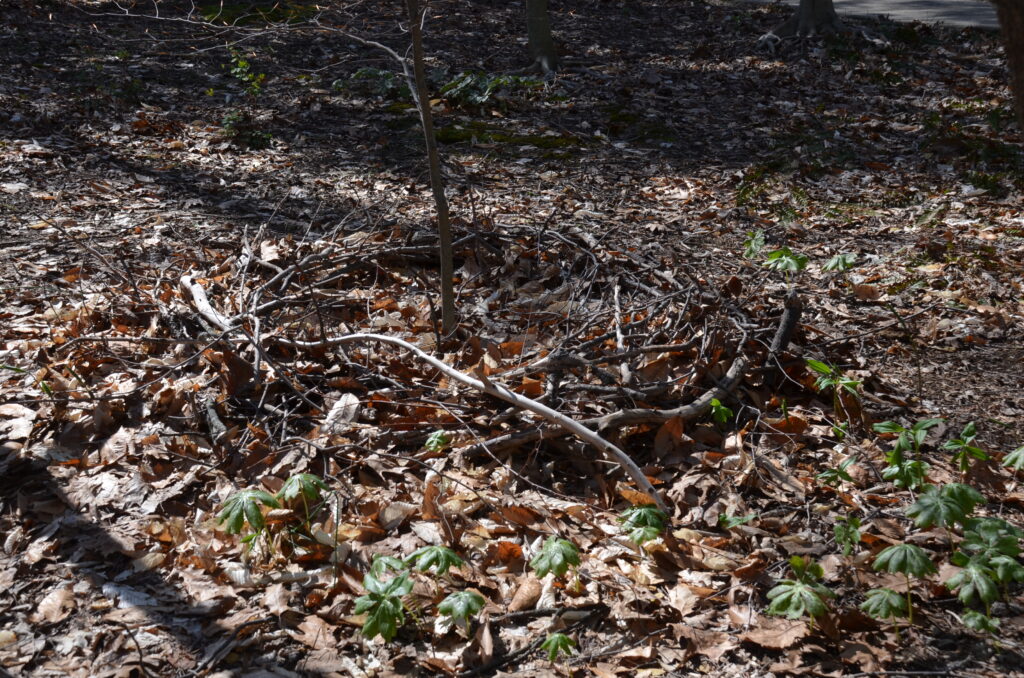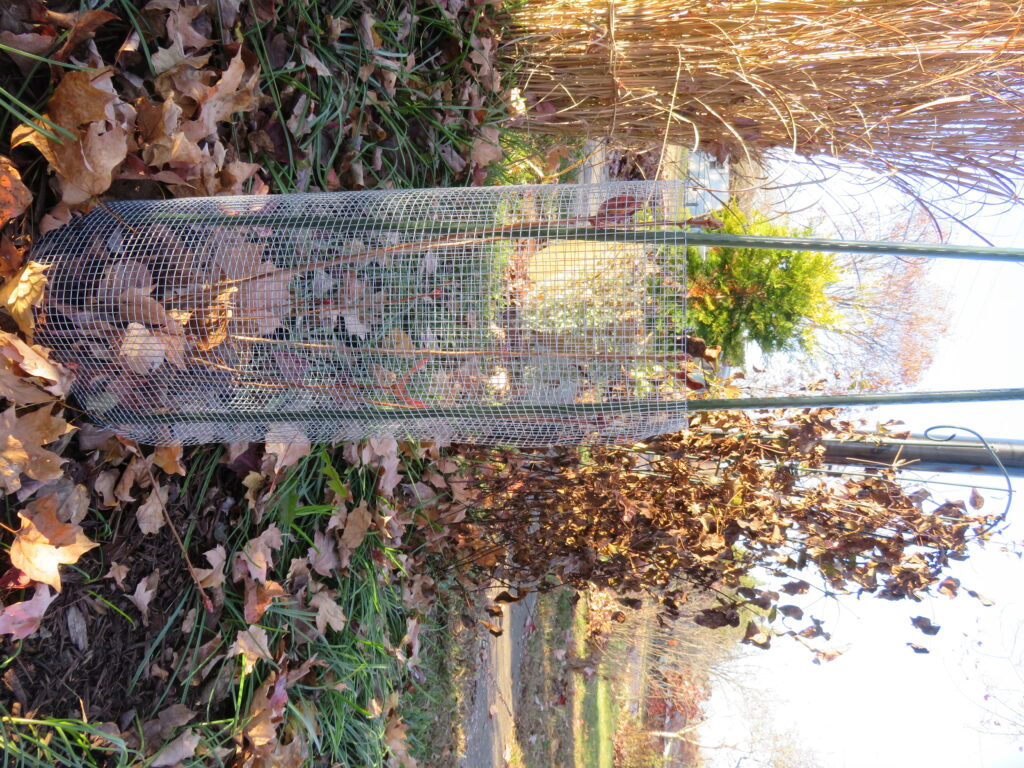In many suburban and urban areas, often to their detriment, deer are hungry to eat several of your landscape plants. No two gardens are alike, and deer may browse on different plants in your neighbor’s yard. You must employ your own plan (strategies) to protect landscape trees, shrubs, and perennials from deer foraging.

Fencing is the most effective barrier method to deter deer, but it can be costly. Steel and wooden fences should be at least 8 feet high. Alternative deer fences can be constructed of affordable rolls of plastic or wire mesh. Hungry deer may breach flexible barriers because they don’t like jumping into an area they can’t see.
Some municipalities have passed codes limiting fence heights to 5 feet which many deer will jump over. Choose fencing that is aesthetically pleasing, offers privacy, and can be customized to compliment your outdoor space and the architecture of your home.
There are several ready-made foliar repellents that deter deer and other critters because of their unpleasant odor or taste. However, repellents are only effective short-term and must be reapplied. The chemicals often wash off after heavy snow or rain. Purchase 2-3 different products as critters become accustomed to the same deterrent. Heed proper precautions when applying repellents. Follow the label directions and wear safety goggles and a mask when applying.

You should safeguard young trees and shrubs, particularly those planted over the past three years. Trees need to gain height, trunk caliber, and vigor. Small critters include rabbits, mice, voles, and other rodents. In winter, rodents may gnaw on the thin bark of young trees and shrubs; they love their sugary sap. Corrugated or plastic tree guards and wraps provide good winter relief but should be removed at the start of spring and reapplied in late fall. Otherwise, wood boring insects may nest year-round inside.
Individual tree guards made from biodegradable plastic mesh tubing or loose-fitting plastic sleeves, and chicken wire fencing are effective against rodent damage. In most situations, provide adequate protection to the lower 24 to 36 inches of the tree trunk. If necessary, remove snow buildup from the base of the tree to prevent critters from gnawing upper branches.

Bury the bottom 3 to 5 inches below the ground or pin the fencing with U-shaped anchor pins to prevent rabbits and rodents from burrowing under.

 Posted in
Posted in 
